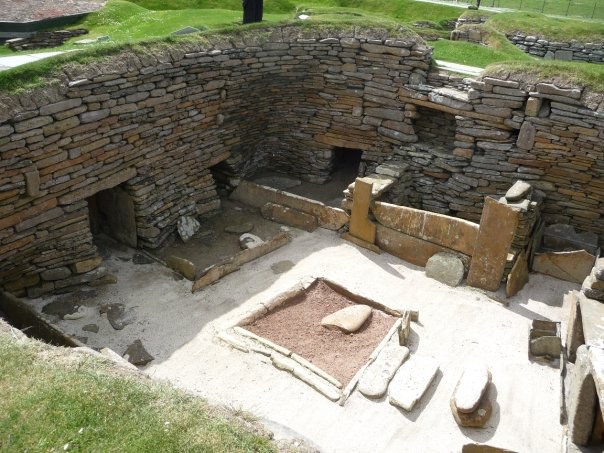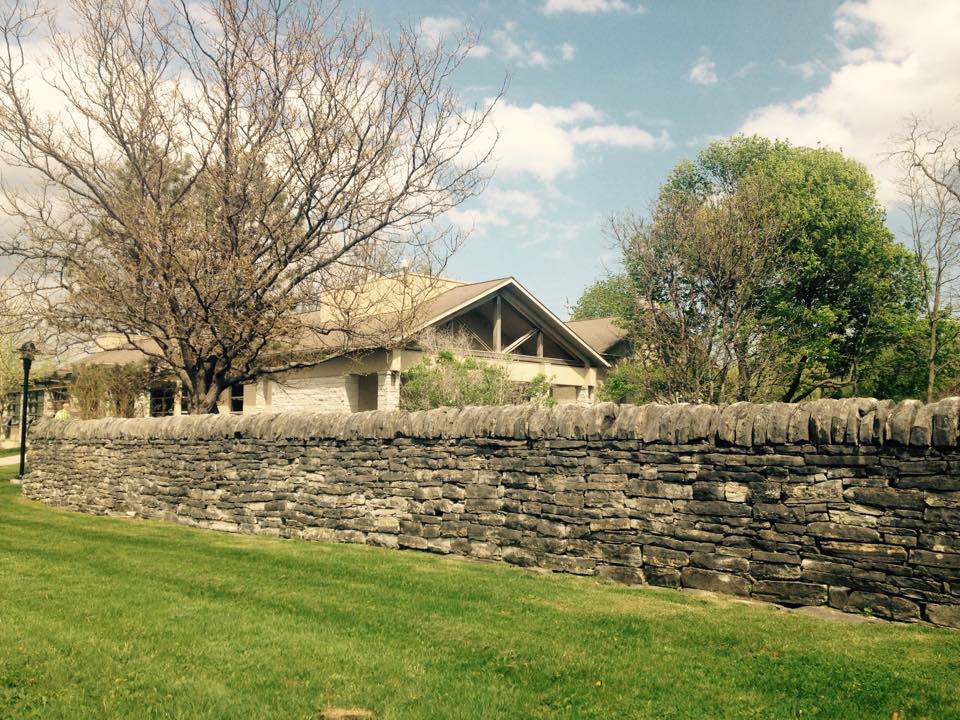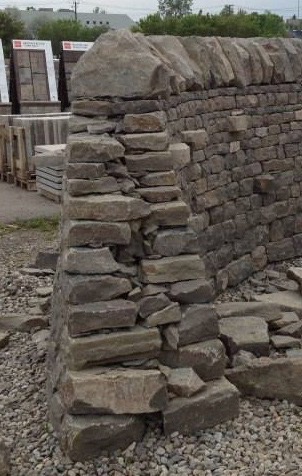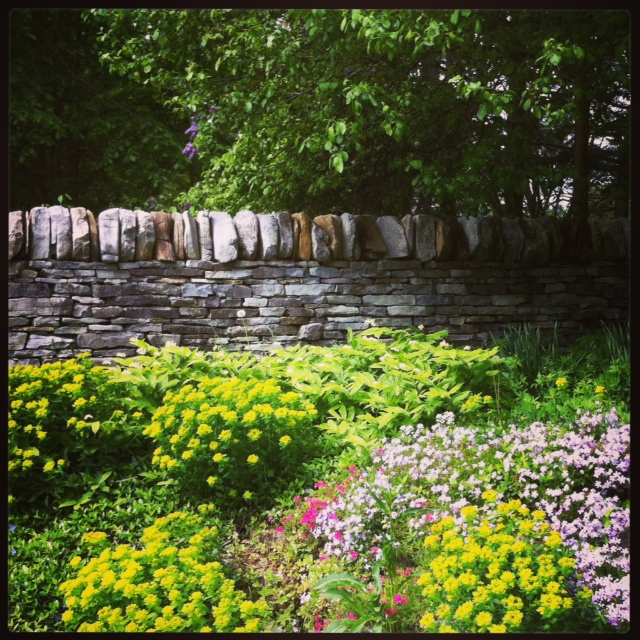A natural addition that gets better with age
Unlike many modern landscape materials, natural stone never goes out of style, can immediately look at home in its surrounding, and gets better as it ages. Dry stone walls can easily be customized and many options exist depending on materials and desired look, whether old-world rustic or clean and modern. But it doesn’t stop at walls – dry stone features can be used in many different applications. Think water features, sculptures, archways, outdoor bars, showers, kitchens, and much more.
An eco-friendly solution
Did you know that for each pound of concrete, close to a pound (0.9 lbs) of carbon is emitted? Choosing natural stone over concrete products contributes to reducing the carbon in our atmosphere. If any repairs are needed, the original stone can be reused, keeping materials out of landfills and reducing the necessity to manufacture and purchase new materials. Finally, dry stone features often become ecosystems and can even be planted with mosses and sedums. For these reasons, dry stone is the eco-friendly choice.




